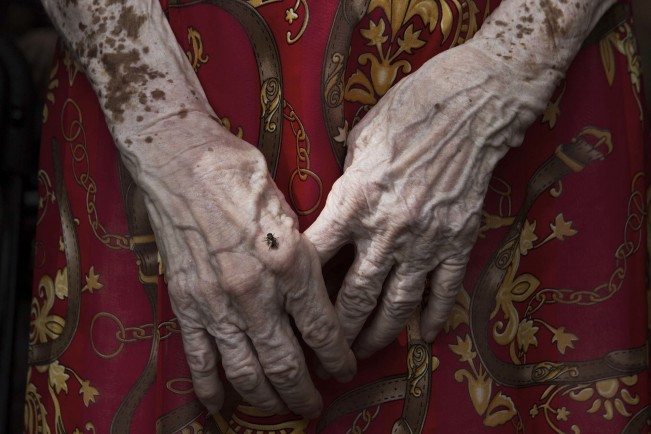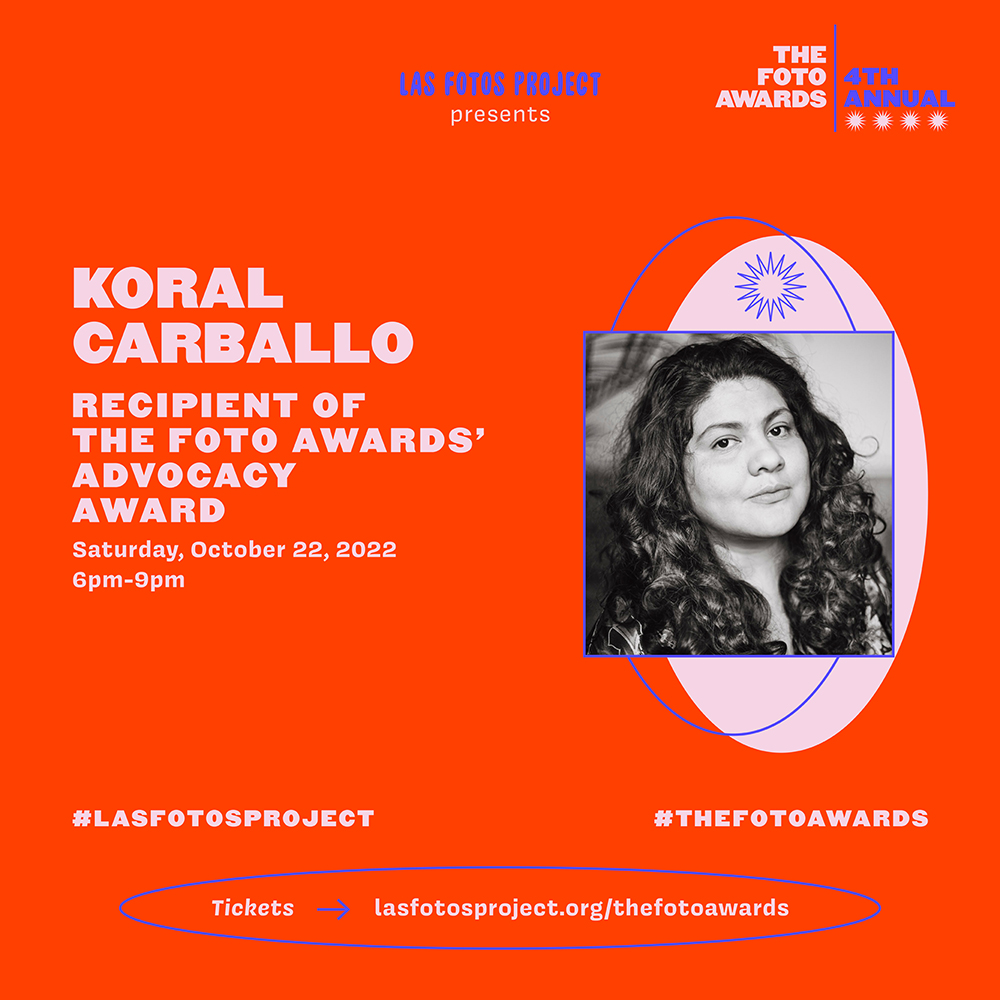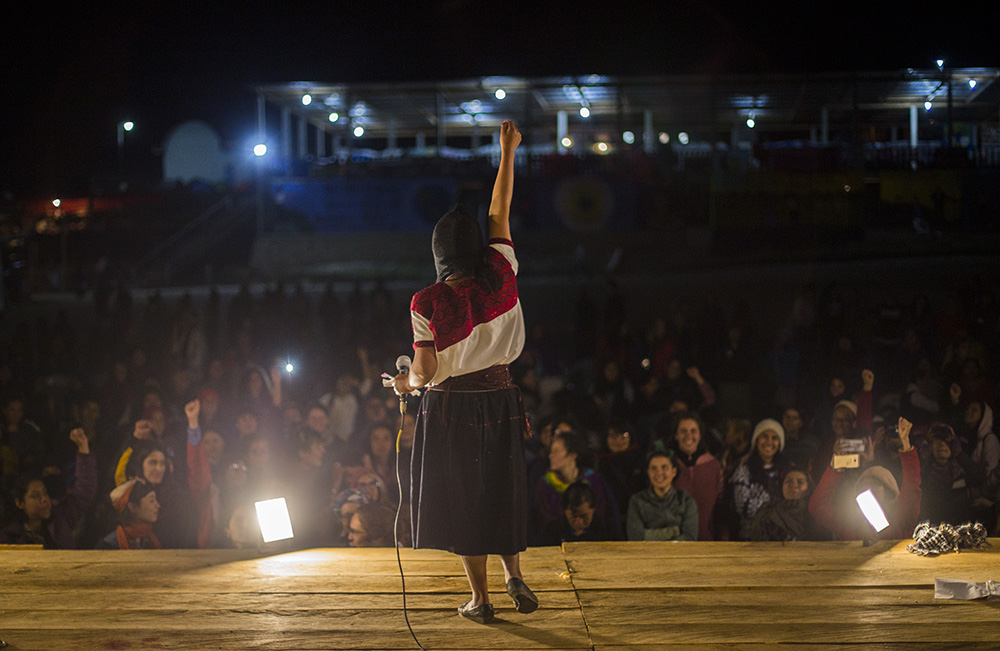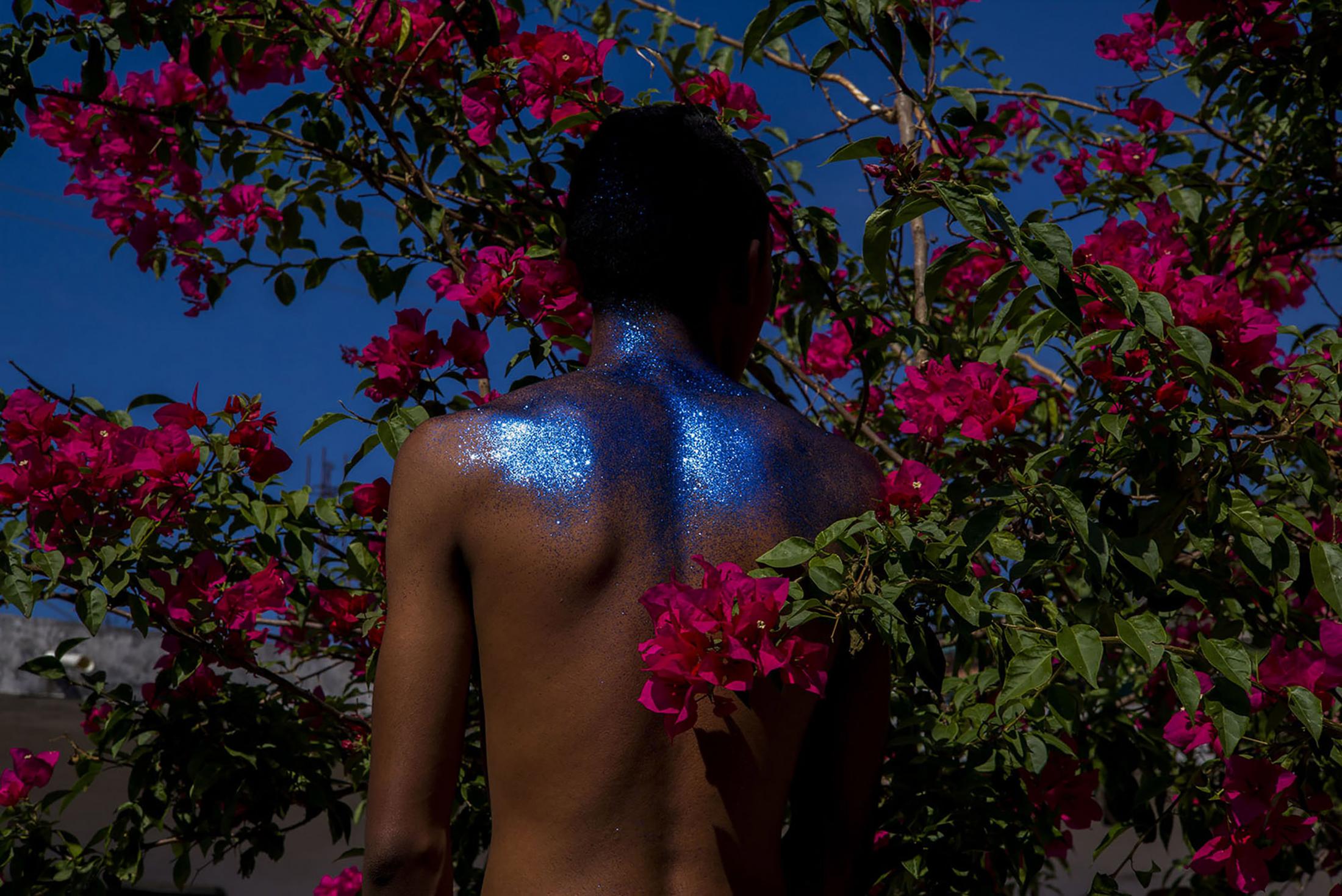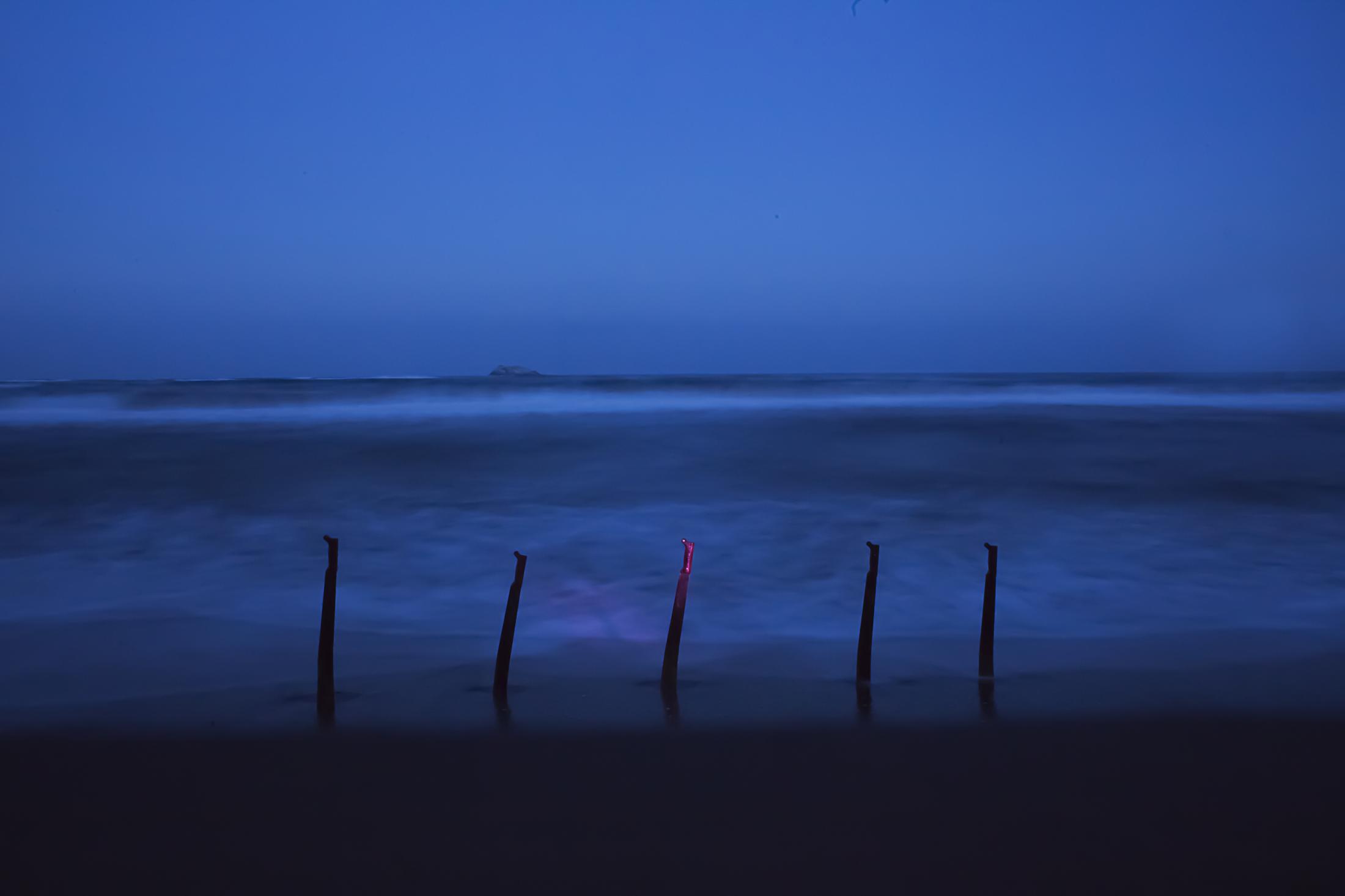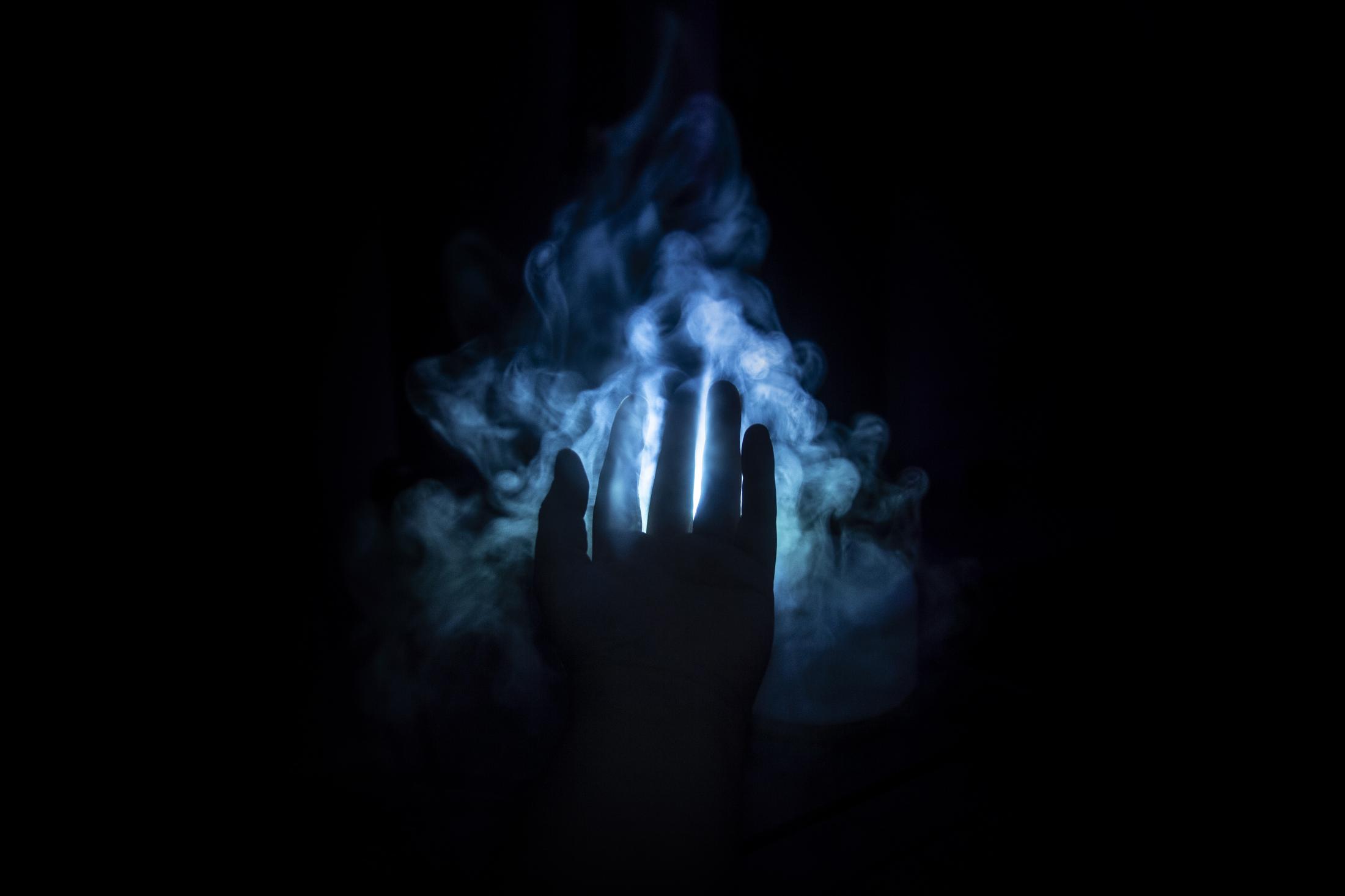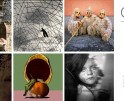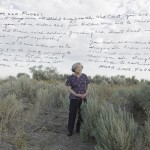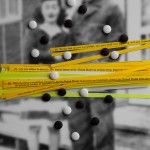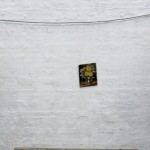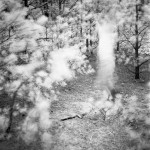THE FOTO AWARDS PRESENTED BY LAS FOTOS PROJECT: Koral Corballo in Conversation with Paula Ely
Las Fotos Project was launched to provide opportunities for those who are both systemically and socially silenced to make themselves heard
This week in honor of Latinx Heritage Month, we are celebrating a wonderful organization in Los Angeles, the Las Fotos Project, and The Foto Awards taking place on October 22, 2022. Today we celebrate Koral Carballo, winner of the Adult Advocacy Award.
Las Fotos Project’s mission is to elevate the voices of teenage girls through photography and mentoring, empowering them to channel their creativity for the benefit of themselves, their community and future careers. The organization was founded in 2010 to introduce teenage girls to the transformational power of photography and advance positive change in the surrounding community.
Koral Carballo (b. Poza Rica, Veracruz, Mexico in 1987) is a Mexican photographer/artist who tells/researches stories related to identity, violence, migration, and social justice working at the intersection of art and journalism.
Follow Koral Carballo on Instagram: @koralcarballo
Paula Ely: ¡Felicidades por su reconocimiento! ¿Cómo sentio recibir la noticias de que las jóvenes fotógrafas de Las Fotos Project le dieron este reconocimiento de su trabajo fotográfico?
Congratulations on your award! How did it feel to receive the news that you were receiving this recognition for your work from the young photographers of Las Fotos Project?
Koral Corballo: Me hace sentir honrada, mi niña interior se siente abrazada por este reconocimiento. Cuando comencé con esta idea de ser fotografa fue hasta la universidad, porque nunca antes tuve la posibilidad donde el arte podría ser una forma de vida. Mi papá siempre dijo que eso no era para gente como nosotros. Así, que recibir un reconocimiento de jóvenes fotografas me ha hecho pensar en lo importante que son estos espacios para soñar. Y saber que un grupo me ha elegido para reconocer mi trabajo me hace también recordar la responsabilidad con la que he contruido esto, y los retos del presente y futuro para seguir creando.
I feel honored, this recognition is giving my inner child an embrace. It wasn’t until I was attending universting that I thought about being a photographer, because the possibility of art as a way of life had never been a possibility before. My dad always said that it was not for people like us. So, receiving recognition from young photographers has made me think about how important these spaces are for dreaming. And knowing that a group of people have chosen to recognize my work also makes me remember the responsibility with which I have built this, and the challenges of the present and future to continue creating.
PE: ¿Cómo fue introducida la fotografía? ¿Qué la hizo decidir que la fotografía era el mejor medio para expresar sus ideas?
How were you introduced to photography? What made you decide that photography was the best medium for you to express your ideas?
KC: De pequeña me interesaba cuando mi papá se compraba sus cámaras en los tianguis, y siempre se las pedía para jugar con ellas. Luego pedí una cámara y me compraban cámaras desechables. Fotografiaba a veces con película a veces sin ella pero siempre tuve esa necesidad no sé de dónde a fotografiar, es algo que justo me estoy preguntando e investigando. Me gustaba mucho observar, vivir, sentir y la cámara siempre estaba allí para jugar conmigo. Cuando crecí y me tocó el privilegio de elegir que estudiar, decidir buscar una carrera donde convinara lo que me atraía: la literatura, política, la historia y la cámara así fue que elegí estudiar periodismo. Con el tiempo la cámara ya no sólo la uso para documentar sino que estoy volviendo a contruir esa relación con ella de jugar como cuando nos conocimos por primera vez.
As a child, I became interested when my father would buy his cameras in the street markets, and I always asked if I could play with them. Then I asked for a camera and they bought me disposable cameras. Sometimes I photographed with film, sometimes without it, but I always had that need to take photos, I don’t know where it was rooted, it’s something that I’m still reflecting on. I really liked to observe, live, feel and the camera was always there to explore with me. When I grew up and had the privilege of choosing what to study, I decided to explore a career that combined what attracted me: literature, politics, history and the camera, that’s how I chose to study journalism. Over time, I no longer only use the camera to document, but I am rebuilding that relationship with it of playing and exploring, like when we met for the first time.
PE: Mirando su trabajo, noto que a veces usa una estructura de Actos, como en una obra de teatro. ¿Puede decirme algo sobre por qué organiza sus proyectos de esta manera?
Looking at your work, I notice that you sometimes use a structure of Acts, as in a stage play. Can you tell me something about why you organize your projects this way?
KC: Me gusta pensar la vida por etapas o si esto fuera un gran libro me gusta pensar que son capítulos. De allí viene esta manera de pensar también mi trabajo artístico.
I like to think of life in stages, or if this were a novel, I like to think of it as chapters. This is where my way of thinking about my artistic work also comes from.
PE: En Siempre Estuvimos Aquí me intriga el lenguaje visual y el uso de fotografías familiares para hablar de la historia de los afromexicanos. ¿Puede compartir cómo tomó forma este proyecto?
In Siempre Estuvimos Aqui (We were always here) I’m intrigued by the visual language and the use of family photographs that you employ to talk about the history of Afro-Mexicans. Can you share how this project took shape?
KC: Este proyecto es como un nacimiento de agua que broto de unas piedras. Fluye conforme he ido caminando y tomando desciciones no sólo como artista sino como persona. Y digo piedras porque brotó de un momento de la vida donde parecía que había llegado mi fin como fotografa, donde me sentí profundamente triste e incierta, dude muchísimo. Pero al final las piedras están vivas y de ellas brotó agua, porque una desción irracional de volver a uno de los lugares donde me sentí viva nació una parte de mi que tenía bloqueada que estaba tan invisible que nunca fue consciente de ella. Ir a Coyolillo, una comunidad afrodescendiente a crear un trabajo sobre el carnaval en realidad fue ese camino para preguntarme a mi misma sobre mi origen, encaminada y guiada por los amigos que hice allí como Octavio López Zaragoza y Omar López López. Ellos siempre me guiaron y estimularon mi busqueda identitaria, y mi compromiso con las comunidades que trabajo. También conocí a Doris y Hector Careaga, y con su plática he reafirmado lo importante que es la memoria intima y personal para el pueblo afromexicano, ese que quisieron borrar pero que después de 500 años ha resistido. Desde que comencé este proceso han pasado 7 años, y los caminos se han abierto a lugares que nunca me imaginé y sé que viene más que no tengo idea que pasará, pero eso me gusta de la fotografía cómo me sigue sorprendiendo y enseñando tanto.
Este trabajo es en honor a mis abuelos Eloisa y Pancho, pero también es para mi hermano Urbino con quien más he compartido este proceso de vida de lo que significa la afrodescendencia en México, tan invisible a la vez dolorosa pero de mucha resistencia.
Ahora que nació el rió, él sólo sabe a dónde quiere seguir su cause…
This project is like the birth of water that sprouted from some stones. It flows based on how I have been moving and making decisions, not only as an artist but as a person. And I say stones because it sprang from a moment in life where it seemed that my end had come as a photographer, where I felt deeply sad and uncertain, I doubted a lot. But in the end, the stones were alive and water gushed from them, because an irrational decision to return to one of the places where I felt alive gave birth to a part of me that was blocked and was so invisible that I was never aware of it. Going to Coyolillo, an Afro-descendant community, to create a project about carnival in reality became a journey to ask myself about my origin, directed and guided by the friends I made there, such as Octavio López Zaragoza and Omar López López. They always guided me and energized my search for identity, and my commitment to the communities I work with. I also met Doris and Hector Careaga, and conversations with them reaffirmed how important intimate, personal memory is for the Afro-Mexican people, those memories which society wanted to erase, but for the past 500 years, have resisted erasure. Seven years have passed since I started this process, and paths have opened to places I had never imagined before, and I know that more is coming, I have no idea what will happen, but I like that about photography, how it continues to surprise and teach me so much.
This work is in honor of my grandparents Eloisa and Pancho, but it is also for my brother Urbino with whom I have shared the most this life process, of what Afro-descendants mean in Mexico, so invisible at the same time painful and very resistant.
PE: ¿Cómo intersectan sus historias personales e historia con su trabajo fotográfico? ¿Qué ha aprendido de ud. misma a través de su fotografía?
How does your own background and life story intersect with your photographic work? What have you learned about yourself through your photography?
KC: Todo el tiempo se intersectan, se cruzan… es un ir y venir. Mi oficio como peridiodista me dio herramientas para mis procesos artísticos-fotográficos y mi historia personal siempre resuena desde donde estoy haciendo una foto. No hay cosa que se haga sin una y la otra. Yo aprendo de lo que veo, reflexiono mucho siempre sobre lo que me sucede a quienes conozco, como ellxs siempre me enseñan cosas y como también surgen las colaboraciones . Con la fotografia hago imagenes de todo esto que ido construyendo-viviendo a lo largo de mi vida pero nunca sola siempre con gente que me ha ayudado y que me ha escuchado, mostrado o abrazado. Algo que he aprendido en este camino es que aunque el sistema tenga preparado para ti ya una vida por quien eres, tu genealogía, siempre existen posibilidades de hackearlo de construir lo que se sueña desde la resistencia.
They intersect all the time, they cross… constantly coming and going. My job as a journalist gave me tools for my artistic-photographic processes, and my personal story always resonates from the point where I create a photo and I reflect on the privilege that the camera gives you and what I want my photos to narrate. There is nothing that can be done without one or the other. I learn from what I see, I always reflect on what happens to those I know, how they always teach me things and how collaborations also arise. With photography I make images of all that I have been building-living throughout my life but never alone, always with people who have helped me and who have listened to me, shown me or hugged me. Something I have learned along the way is that although the system already has a life prepared for you for who you are, your genealogy, there are always possibilities of hacking it to build what is dreamed of from resistance.
PE: ¿Cómo ha compartido su trabajo con las comunidades con las que ha trabajado?
How have you shared your work with the communities you have worked with?
Las he compartido en pláticas informales, en talleres a los que me invitan a colaborar, con jóvenes curiosos o con luchadores sociales que están interesados en mi práctica. Para mi esto es muy importante, es el corazón de mi trabajo cuando se vuelve un diálogo sobre que es lo que se piensa y como es que las fotografías nos transforman como personas. Compartir no sólo es con un público como artista sino va desde mostrar el trabajo a la familia, a los amigos, a la gente que confía en mi. Eso es lo que más me interesa de esta práctica.
I have shared them in informal talks, in workshops to where I am invited to collaborate, with curious young people or with social activists who are interested in my practice. For me this is very important, it is the heart of my work when it becomes a dialogue about ideas and how photographs transform us as people. Sharing is not just with a public audience as an artist, but also from showing the art to family, friends, people who trust me. That is what interests me most about this practice.
PE: ¿Qué consejo tiene para fotógrafos/as jóvenes?
What advice do you have for young photographers?
KC: Soñar. Creo que aunque todo este en contra, la meritocracia, el racismo estructural o la condición de clase nos diga en la cara que no podremos lograrlo… siempre hay momentos para soñar, aunque hay que trabajar mucho, pero siempre abrir esa posibilidad en este mundo es un acto de rebeldía.
Dream. I think that even if everything is against us, meritocracy, structural racism or classism, tell us that we will not be able to achieve it… there are always moments to dream, it’s hard work, but always opening up those possibilities in this world is an act of rebellion.
Paula Ely is President of Paula Ely Projects, a multi-faceted consultancy with ventures in the worlds of media, art, and documentary film. She and her partner Cesar Rueda have collected fine-art photography from Latin America for more than 15 years.
Follow Paula on Instagram: @ellypaula
Posts on Lenscratch may not be reproduced without the permission of the Lenscratch staff and the photographer.
Recommended
-
Arnold Newman Prize: C. Rose Smith: Scenes of Self: Redressing PatriarchyNovember 24th, 2025
-
Celebrating 20 Years of Critical Mass: Cathy Cone (2023) and Takeisha Jefferson (2024)October 1st, 2025
-
Celebrating 20 Years of Critical Mass: George Nobechi (2021) and Ingrid Weyland (2022)September 30th, 2025
-
Celebrating 20 Years of Critical Mass: Amy Friend (2019) and Andrew Feiler (2020)September 29th, 2025
-
Celebrating 20 Years of Critical Mass: Jennifer McClure (2017) and JP Terlizzi (2018)September 28th, 2025

